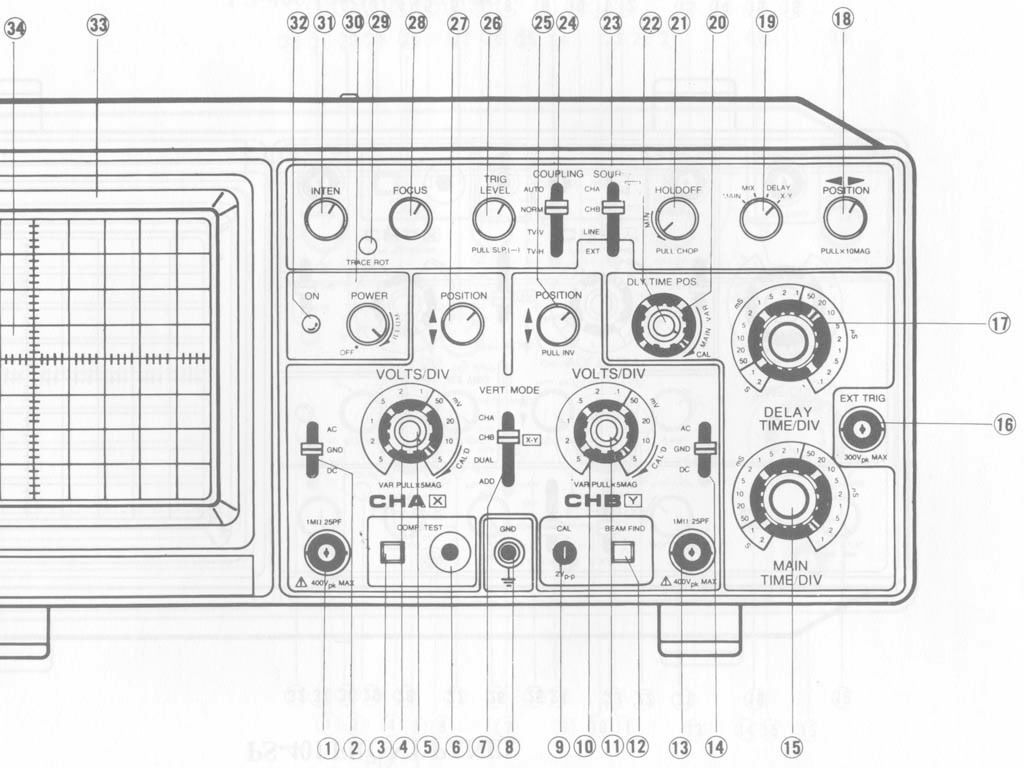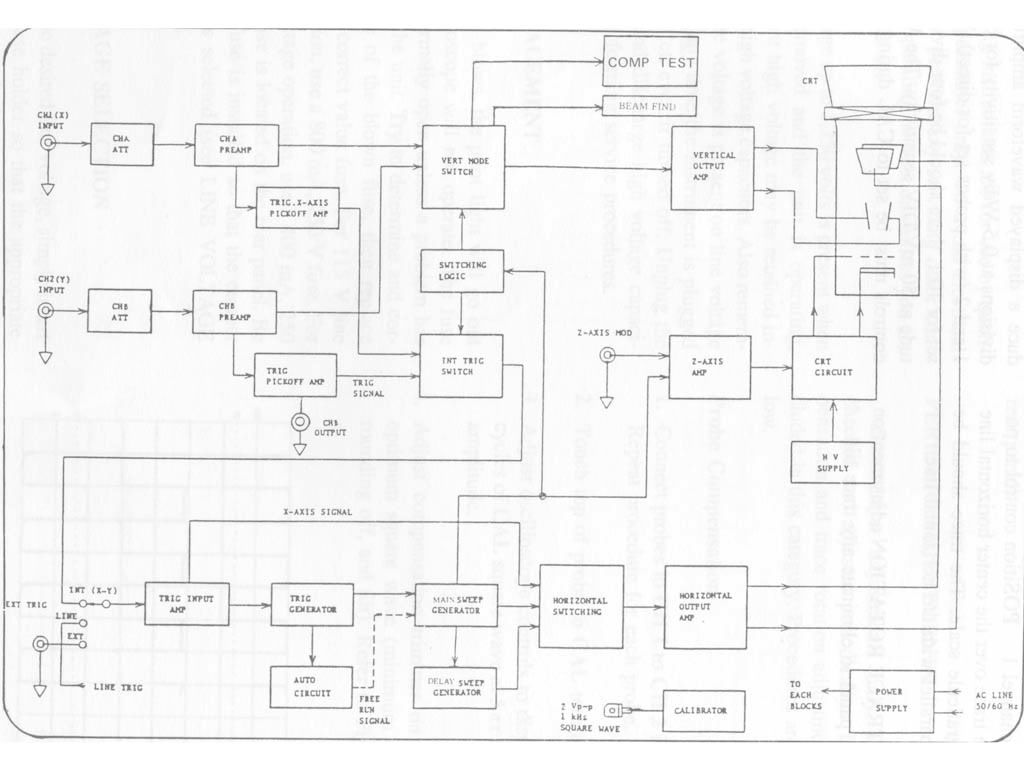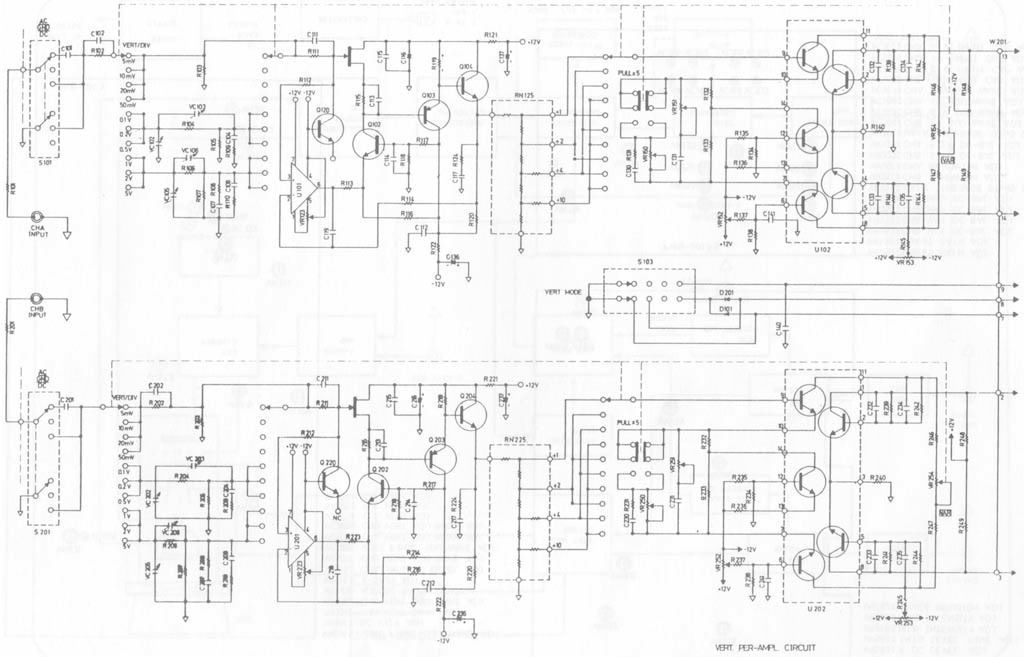Okay Don, let's go with your example of L1 and L2 being opposite polarities, and assume that we both realize that there must be two points to measure voltages.
If L1 and L2 are opposite polarity, that means that if one of them is positive, the other one is negative. This infers that when one of them is at a positive peak, the other is at a negative peak. Now, if we graph the 2 sine waves based on the condition of L1 at positive peak while L2 is simultaneously at negative peak, then we will see 2 sine waves which are 180 degrees out of phase.





